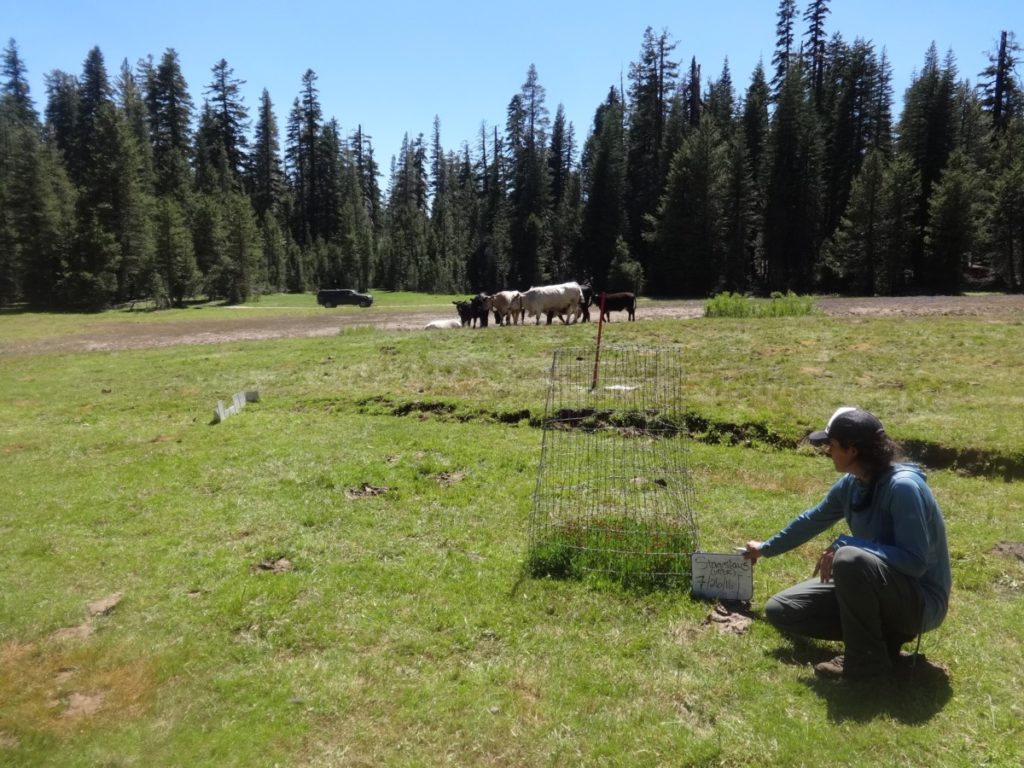
For over a century, cattle have grazed local national forest lands in the mountains during summer and early fall. Well-managed grazing can result in fairly minimal impacts. However, CSERC staff often documents conditions where livestock dramatically degrades the natural resource conditions of public lands. We repeatedly find over-grazed meadows, chiseled streambanks, riparian areas trampled and pocked, and other negative livestock-caused impacts.
Like many issues, however, livestock grazing on public forest land is not a simple issue to resolve. National forest grazing produces benefits for a number of local ranching families who use public forest lands to supplement their foothill ranches' forage. Ranchers claim that this theoretically keeps more foothill ranch lands in agriculture, instead of ranching families choosing to sell their lands for development (such as new subdivisions).
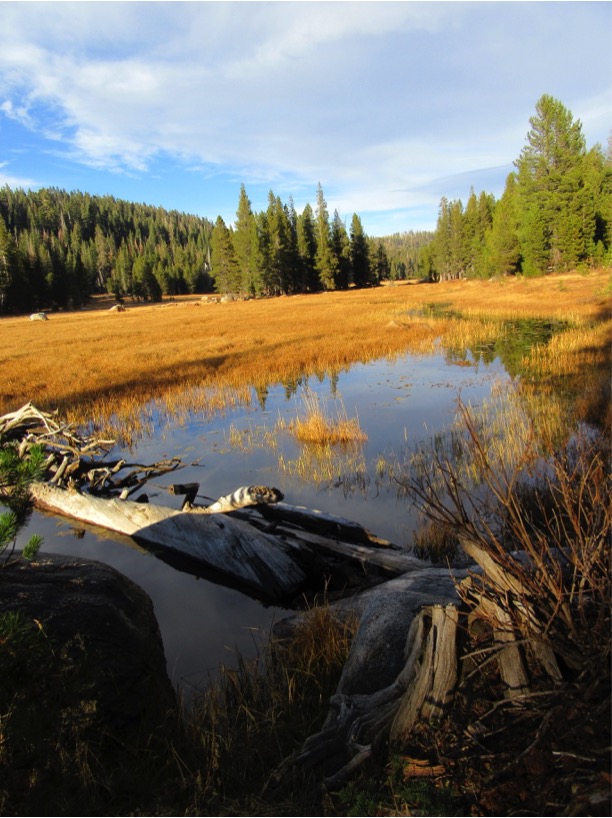

Issues with livestock overgrazing
CSERC has spent decades trying to improve grazing management on the Stanislaus National Forest. Much of our work focuses on persistent watchdog monitoring.
Our staff measures key plant species to monitor how much forage livestock is consumed in meadows. Those measurements help to gauge whether compliance is being met under Forest regulations. We take photos prior to, during, and at the end of the grazing season to produce photo evidence of livestock impacts to meadows and stream areas. Despite CSERC’s efforts to reduce negative livestock impacts, local Forest Service policies continue to allow intensive cattle grazing without adequate safeguards for plants, wildlife, and water resources.
Due to the short growing season and the fragile habitat of the higher elevation meadows, CSERC has urged a halt to livestock grazing on national forest lands of our region above 7000' elevation. These high elevation meadows also provide habitat for two recently federally listed amphibian species, the Yosemite toad and the Sierra Nevada yellow-legged frog, making these areas a high priority for protection.
Trampling, chiseling, and pocking of streambanks, seeps, springs, ponds, and other wet areas are common throughout the local national forest. Stream channel entrenchment is a long-term problem that our CSERC staff has often observed, and most meadows suffer from some degree of stream entrenchment and/or headcutting.
Forest Water Sampling
Downstream of areas with long-term cattle grazing, water can often be contaminated by fecal matter, which contributes to high levels of pathogenic bacteria like E. coli. During the grazing season, CSERC staff tests water samples from forest streams to determine whether the bacteria contamination poses risks to people. CSERC follows a rigorous scientific protocol approved by the State Water Board and CSERC biologists have published three peer-reviewed research articles since 2011 discussing the elevated bacteria in waters downstream of cattle grazing. To read more about these efforts, see our page on testing and protecting water quality.
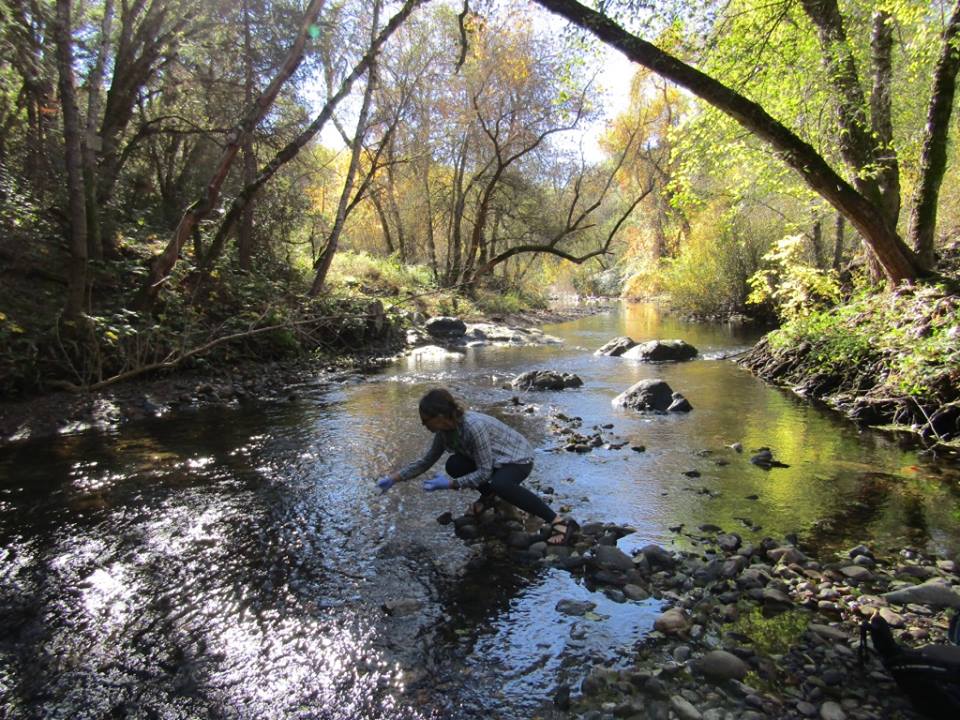
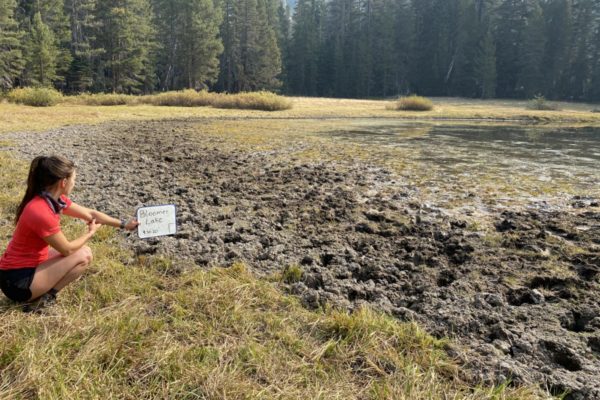 Indian Springs after grazing.
Indian Springs after grazing.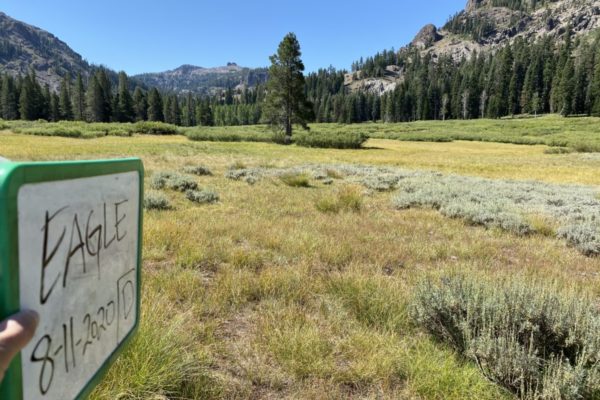 Lower lower Gardner with patches of bare ground after excessive grazing.
Lower lower Gardner with patches of bare ground after excessive grazing.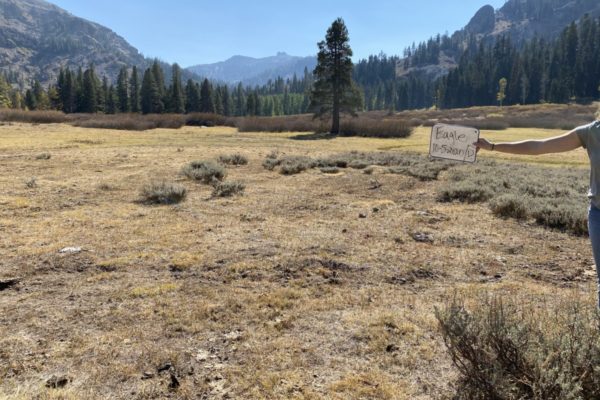 Sloughing streambanks at Hammill Canyon.
Sloughing streambanks at Hammill Canyon.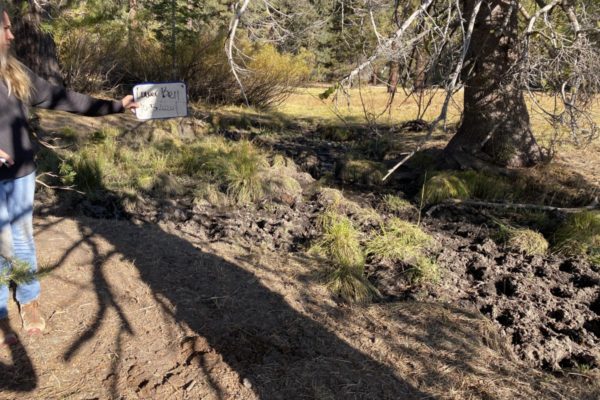 Short stubble after heavy grazing at Fahey meadow.
Short stubble after heavy grazing at Fahey meadow.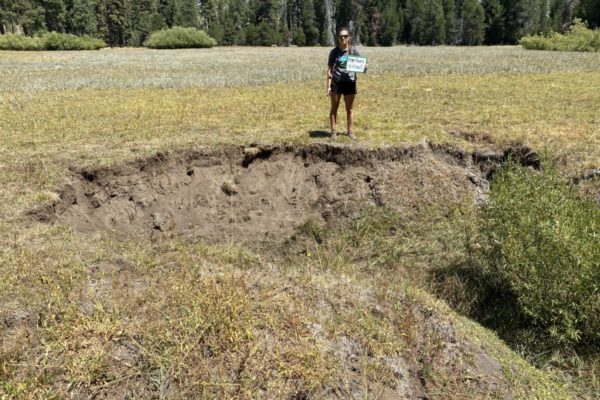 Streambank pocking and chiseling at Faust Meadow.
Streambank pocking and chiseling at Faust Meadow.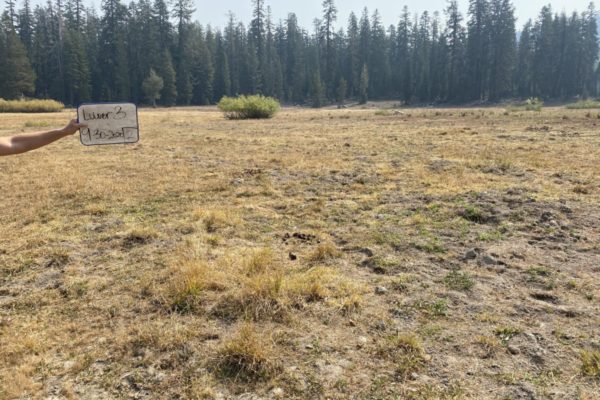 Extensive manure and overgrazing with bare ground at Funks Meadow.
Extensive manure and overgrazing with bare ground at Funks Meadow.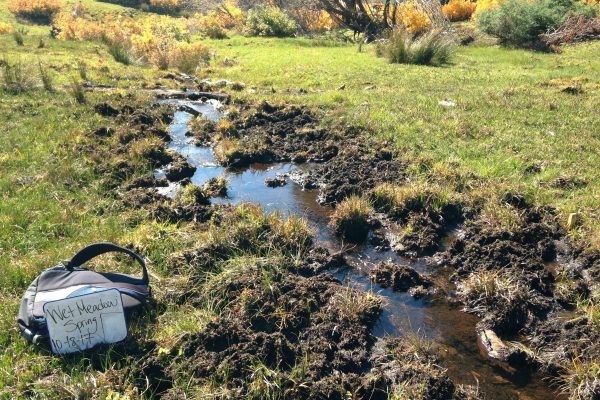 Cattle damage to Wet Meadow Spring
Cattle damage to Wet Meadow Spring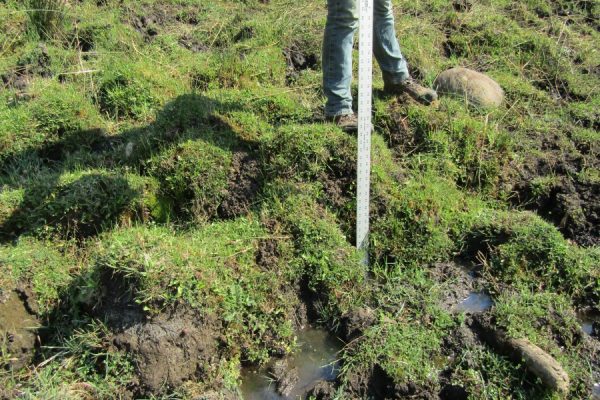 Pocking and hummocking at Deer Creek.
Pocking and hummocking at Deer Creek.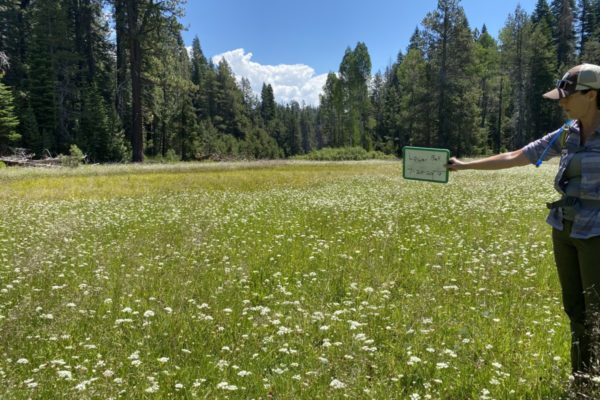 Extreme overgrazing and bare ground at Groundhog Meadow
Extreme overgrazing and bare ground at Groundhog Meadow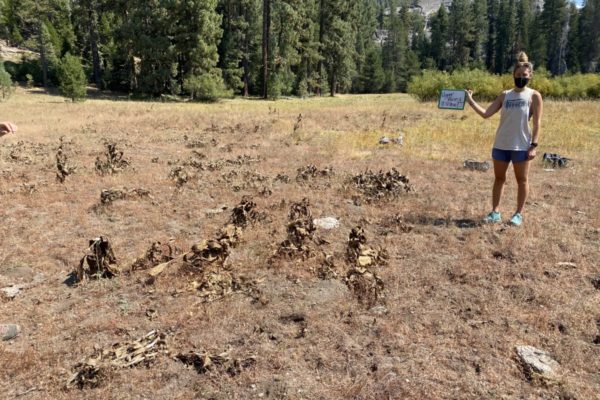 Groundhog Meadow prior to grazing.
Groundhog Meadow prior to grazing.

